

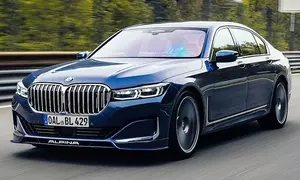
| Vehicle | Curb weight | Difference from world's smallest | Weight to power ratio | 0—60 mph acceleration ratio | Consumption ratio |
|---|---|---|---|---|---|
| 4.4 V8 |
2105 kg / 4642 lbs |
1680 kg (3705 lbs) heavier | 3 kg to 1 hp | 619 kg/s (1365 lbs/s) |
190 kg/L (419 lbs/L) |
| Vehicle | 4.4 V8 |
|---|---|
| Curb weight |
2105 kg / 4642 lbs |
| Difference from world's smallest | 1680 kg (1680 lbs) heavier |
| Weight to power ratio | 3 kg to 1 hp |
| 0—60 mph acceleration ratio | 619 kg/s (1365 lbs/s) |
| Consumption ratio |
190 kg/L (419 lbs/L) |
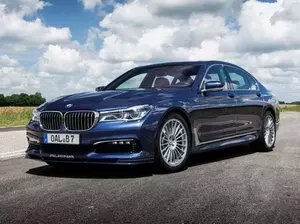
| Vehicle | Curb weight | Difference from world's smallest | Weight to power ratio | 0—60 mph acceleration ratio | Consumption ratio |
|---|---|---|---|---|---|
| 4.4 V8 |
2035 kg / 4487 lbs |
1610 kg (3550 lbs) heavier | 3 kg to 1 hp | 581 kg/s (1281 lbs/s) |
196 kg/L (432 lbs/L) |
| Vehicle | 4.4 V8 |
|---|---|
| Curb weight |
2035 kg / 4487 lbs |
| Difference from world's smallest | 1610 kg (1610 lbs) heavier |
| Weight to power ratio | 3 kg to 1 hp |
| 0—60 mph acceleration ratio | 581 kg/s (1281 lbs/s) |
| Consumption ratio |
196 kg/L (432 lbs/L) |
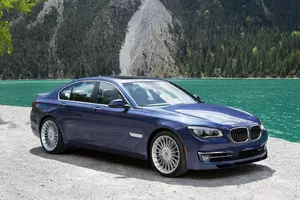
| Vehicle | Curb weight | Difference from world's smallest | Weight to power ratio | 0—60 mph acceleration ratio | Consumption ratio |
|---|---|---|---|---|---|
| 4.4 V8 |
2130 kg / 4697 lbs |
1705 kg (3760 lbs) heavier | 4 kg to 1 hp | 495 kg/s (1091 lbs/s) |
205 kg/L (452 lbs/L) |
| Vehicle | 4.4 V8 |
|---|---|
| Curb weight |
2130 kg / 4697 lbs |
| Difference from world's smallest | 1705 kg (1705 lbs) heavier |
| Weight to power ratio | 4 kg to 1 hp |
| 0—60 mph acceleration ratio | 495 kg/s (1091 lbs/s) |
| Consumption ratio |
205 kg/L (452 lbs/L) |
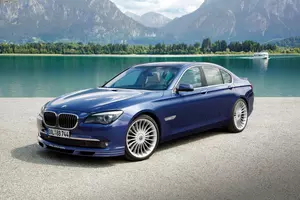
| Vehicle | Curb weight | Difference from world's smallest | Weight to power ratio | 0—60 mph acceleration ratio | Consumption ratio |
|---|---|---|---|---|---|
| 4.4 V8 |
2160 kg / 4763 lbs |
1735 kg (3826 lbs) heavier | 4 kg to 1 hp | 491 kg/s (1083 lbs/s) |
208 kg/L (459 lbs/L) |
| Vehicle | 4.4 V8 |
|---|---|
| Curb weight |
2160 kg / 4763 lbs |
| Difference from world's smallest | 1735 kg (1735 lbs) heavier |
| Weight to power ratio | 4 kg to 1 hp |
| 0—60 mph acceleration ratio | 491 kg/s (1083 lbs/s) |
| Consumption ratio |
208 kg/L (459 lbs/L) |
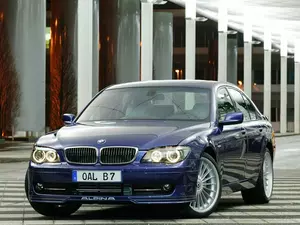
| Vehicle | Curb weight | Difference from world's smallest | Weight to power ratio | 0—60 mph acceleration ratio | Consumption ratio |
|---|---|---|---|---|---|
| 4.4 i 32V |
1970 kg / 4344 lbs |
1545 kg (3407 lbs) heavier | 4 kg to 1 hp | 379 kg/s (836 lbs/s) | - |
| 4.4 i V8 32V L |
1990 kg / 4388 lbs |
1565 kg (3451 lbs) heavier | 4 kg to 1 hp | 383 kg/s (845 lbs/s) | - |
| Vehicle | 4.4 i 32V |
|---|---|
| Curb weight |
1970 kg / 4344 lbs |
| Difference from world's smallest | 1545 kg (1545 lbs) heavier |
| Weight to power ratio | 4 kg to 1 hp |
| 0—60 mph acceleration ratio | 379 kg/s (836 lbs/s) |
| Consumption ratio | - |
| Vehicle | 4.4 i V8 32V L |
| Curb weight |
1990 kg / 4388 lbs |
| Difference from world's smallest | 1565 kg (1565 lbs) heavier |
| Weight to power ratio | 4 kg to 1 hp |
| 0—60 mph acceleration ratio | 383 kg/s (845 lbs/s) |
| Consumption ratio | - |